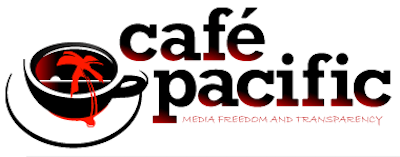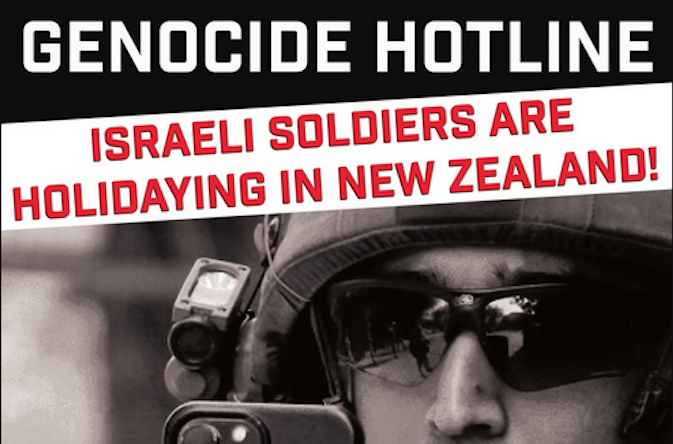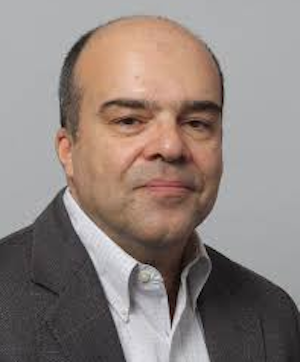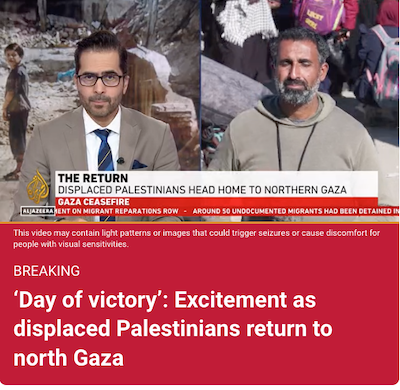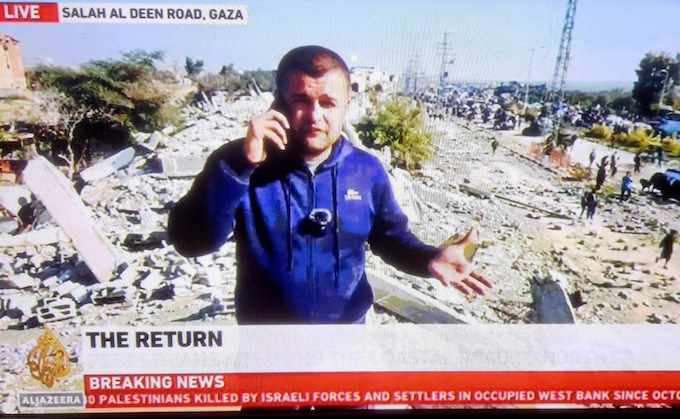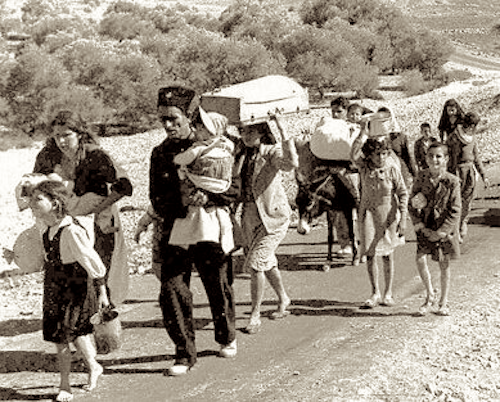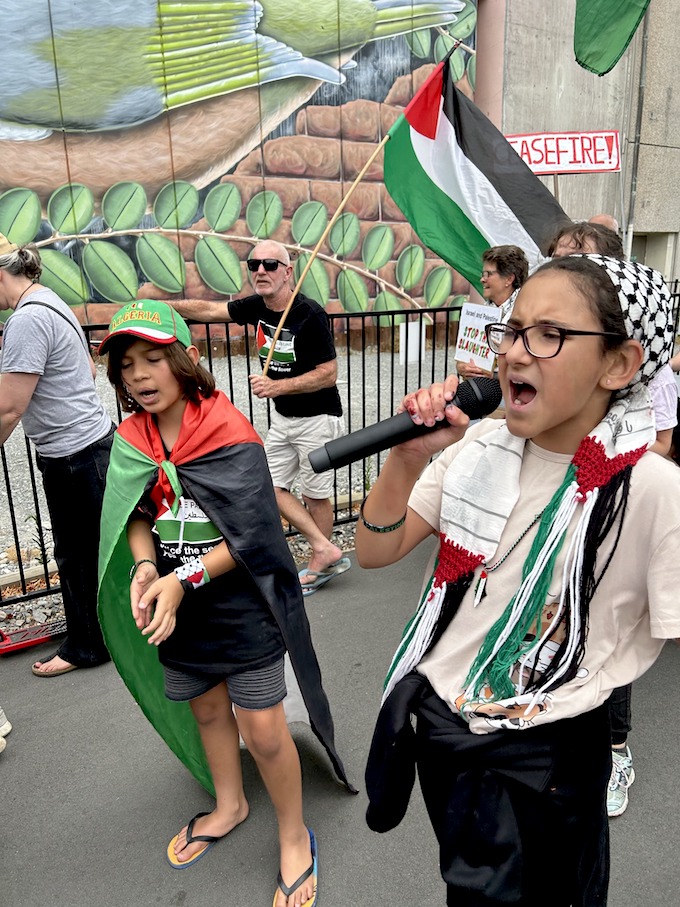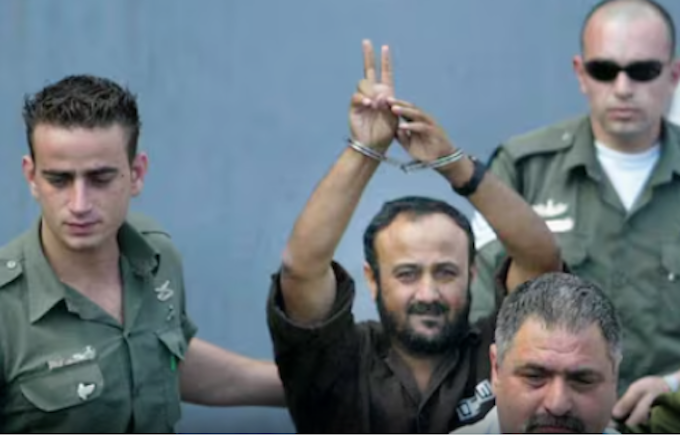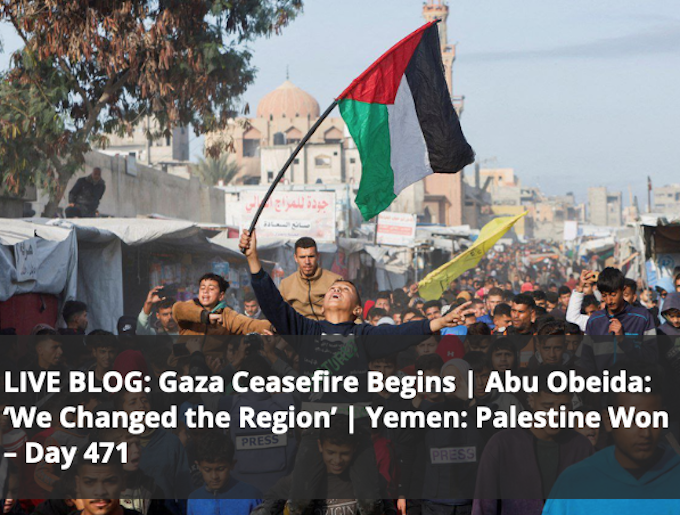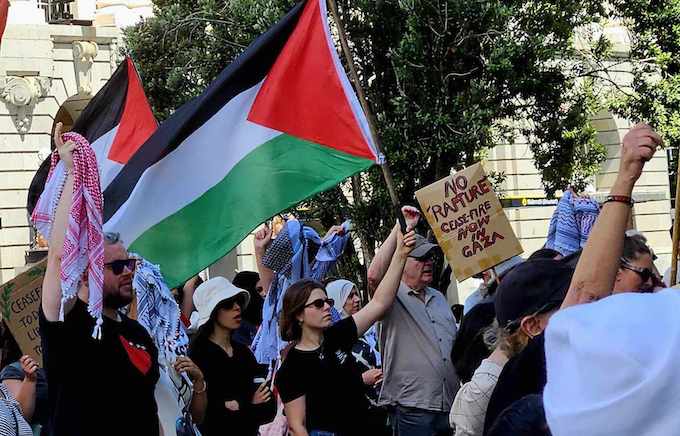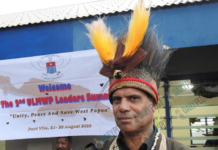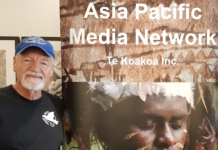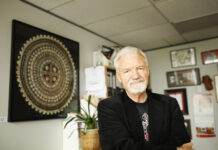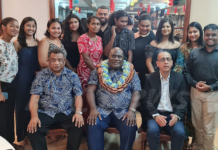Asia Pacific Report
A national Palestine advocacy group has hit back at critics of its “genocide hotline” campaign against soldiers involved in Israel’s war against Gaza, saying New Zealand should be actively following international law.
The Palestine Solidarity Network Aotearoa (PSNA) dismissed a “predictable lineup of apologists for Israel” for their criticisms of the PSNA campaign.
“Why is concern for the sensitivities of soldiers from a genocidal Israeli campaign more important than condemning the genocide itself?,” asked PSNA national chair John Minto in a statement.
- READ MORE: HRC calls for hotline to report Israeli soldiers holidaying in NZ to end
- How Israeli soldiers abroad are facing arrest for war crimes in Gaza
- ICC issues arrest warrants for Netanyahu, Gallant and Hamas commander
- Other Israeli soldier reports
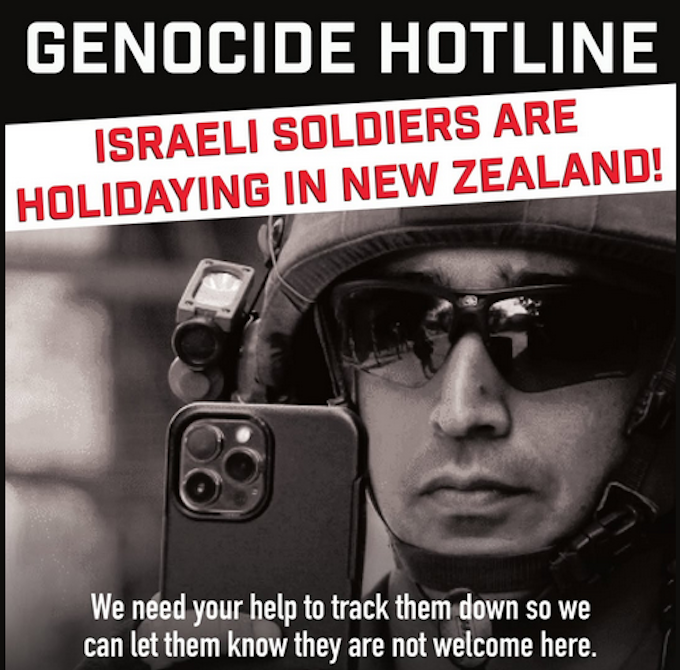
The Minister of Foreign Affairs Winston Peters, the Chief Human Rights Commissioner Stephen Rainbow and the New Zealand Jewish Council have made statements “protecting” Israeli soldiers who come to New Zealand on “rest and recreation” from the industrial-scale killing of 47,000 Palestinians in Gaza until a truce went into force on January 19.
“We are not surprised to see such a predictable lineup of apologists for Israel and its genocide in Gaza from lining up to attack a PSNA campaign with false smears of anti-semitism,” Minto said.
He said that over 16 months Peters had done “absolutely nothing” to put any pressure on Israel to end its genocidal behaviour.
“But he is full of bluff and bluster and outright lies to denounce those who demand Israel be held to account.”
Deny illegal settler visas
Minto said that if Peters was doing his job as Foreign Minister, he would not only stop Israeli soldiers coming to Aotearoa New Zealand — as with Russian soldiers in the Ukraine war — he would also deny visas to any Israeli with an address in an illegal Israeli settlement in the Occupied Palestinian Territories.
The Human Rights Commission had issued a “disingenuous media release”, he said.
Whlle the commission said it had received 90 complaints about the hotline, it had also received eight complaints about immigration policy allowing Israeli soldiers to enter New Zealand under the visa waiver scheme that applies to Israel.
“Our campaign has nothing to do with Israelis or Jews — it is a campaign to stop Israeli soldiers coming here for rest and recreation after a campaign of wholesale killing of Palestinians in Gaza,” Minto said.
“To imply the campaign is targeting Jews is disgusting and despicable.
“Some of the soldiers will be Druse, some Palestinian Arabs and others will be Jews.”
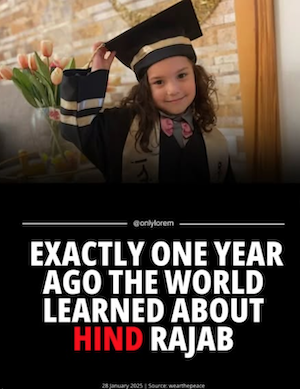
Israeli soldiers are facing a growing risk of being arrested abroad for alleged war crimes committed in Gaza, with around 50 criminal complaints filed so far in courts in several countries around the world.
Earlier this month, a former Israeli soldier abruptly ended his holiday in Brazil and was “smuggled” out of the country after a Federal Court ordered police to open a war crimes investigation against him. The man fled to Argentina.
A complaint lodged by the Belgium-based Hind Rajab Foundation (HRF) included more than 500 pages of court records linking the suspect to the demolition of civilian homes in Gaza.
‘Historic’ court ruling against soldier
The foundation called the Brazilian court’s decision “historic”, saying it marked a significant precedent for a member country of the International Criminal Court (ICC) to enforce Rome Statute provisions domestically in the 15-month Israeli war on Gaza.
The foundation is named in honour of five-year-old Palestinian girl Hind Rajab who was killed on 29 January 2024 by Israel soldiers while pleading for help in a car after her six family members were dead.
According to The New Arab, the foundation has so far tracked and sent the names of 1000 Israeli soldiers to the ICC and Interpol, and has been pursuing legal cases in a number of countries, including Belgium, Brazil, Cyprus, France, Thailand, Sri Lanka, Thailand, the Netherlands, and the United Kingdom.
In November, the ICC issued arrest warrants for Israeli Prime Minister Benjamin Netanyahu and former Defence Minister Yoav Gallant, together with a former Hamas commander, citing allegations of war crimes and crimes against humanity.
Minto accused the New Zealand Jewish Council of being “deeply racist” and said it regularly “makes a meal of false smears of anti-semitism”.
“It’s deeply problematic that this Jewish Council strategy takes attention away from the real anti-semitism which exists in New Zealand and around the world.
“The priority of the Jewish Council is to protect Israel from criticism and protect it from accountability for its apartheid policies, ethnic cleansing and genocide.
“We are demanding that accountability.”
NZ ‘going through the motions’
In a later statement, PSNA said the government had begun to “go through the motions” of questioning Israeli soldiers at the border but it was just a “look busy policy – too little too late”.

Immigration questioning Israeli of soldiers about their military service in Gaza at the New Zealand border was revealed in a Times of Israel report today which said:
“New Zealand’s government immigration authority has begun to require Israelis applying for a visa to report details of their military service as a condition for entry, and at least one person has been denied admission after doing so.”
PSNA’s Minto said the government must also uphold the ICJ advisory opinion of 19 July 2024 which called on global governments to end support for Israel’s illegal occupation.
“This means we should also deny entry to every Israeli wanting to visit here who has an address in an illegal Israeli settlement in the Occupied Palestinian Territories,” Minto added.
